Michinoku Coastal Trail
The Michinoku Coastal Trail is a path for enjoying walking that stretches over 1,000 kilometers from Kabushima in Hachinohe city, Aomori prefecture to Matsukawaura in Soma city, Fukushima prefecture. It was created with the aim of promoting coexistence between nature and humans, raising awareness of environmental issues, and passing on the memory of the Great East Japan Earthquake that occurred in 2011.
This route travels along the Pacific coastline and was fully opened in June 2019.
It's a very long road to walk the whole way, but there are many attractions, such as the most beautiful cliffs in Japan, the unique scenery of a ria coast, and one of the world's three largest fishing grounds, providing a rare and unforgettable experience.

Symbol mark fo Michinoku Coastal Trail
In addition to selling route maps, the NPO Michinoku Trail Club's website, information center, and visitor center will be providing information on route changes due to construction, etc., so please gather information in advance. Please walk with caution and safety.
→ Michinoku Coastal Trail (Ministry of the Environment)
→ NPO Michinoku Trail Club
→ Tanesashi Kaigan Information Center (Hachinohe city, Aomori prefecture)
→ Kitayamazaki Visitor Center (Tanohata village, Iwate prefecture)
→ Jodogahama Visitor Center (Miyako city, Iwate prefecture)
→ Goishi Coast Information Center (Ofunato city, Iwate prefecture)
→ Minamisanriku Sea Visitor Center (Minamisanriku town, Miyagi prefecture)
→ MCT Natori Trail Center (Natori city, Miyagi prefecture)


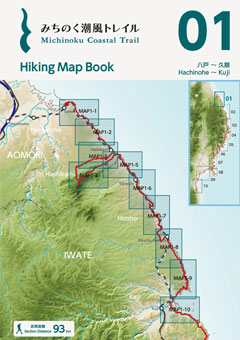
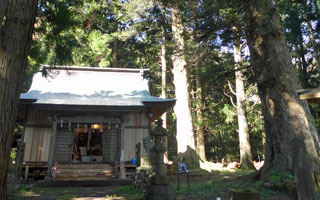
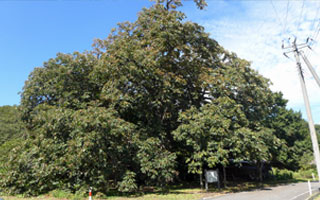
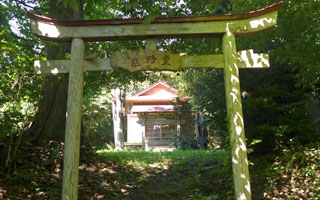
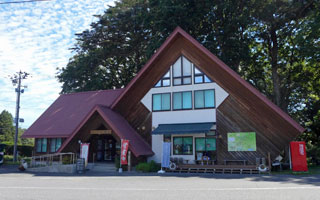
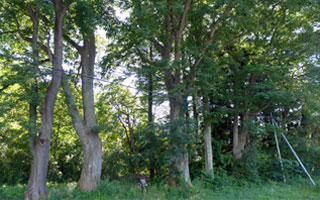
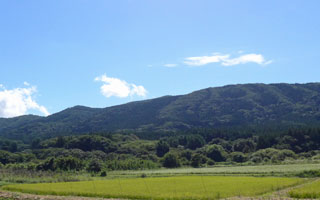
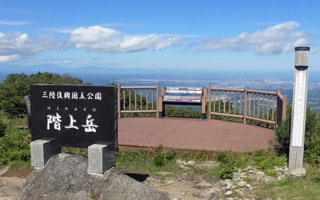
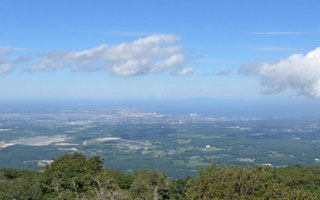
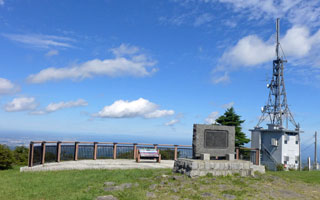
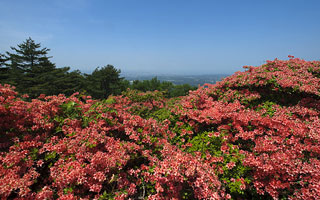
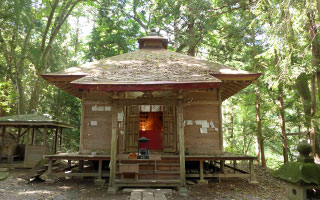
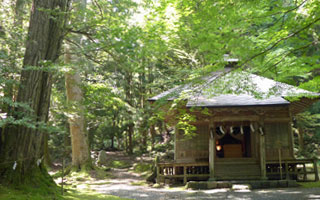
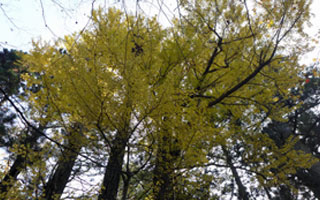
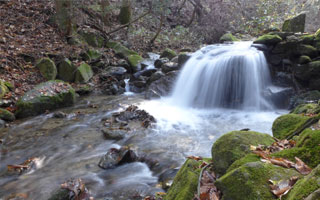
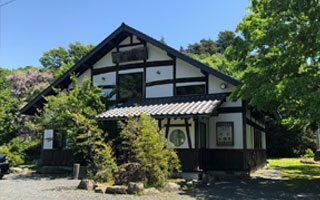


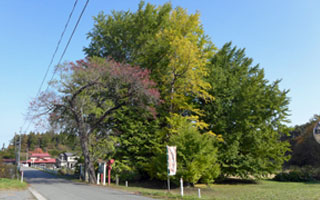
This shrine was founded in 1572.
The site of a castle called Dobutsu-date or Ezo-date was a castle with multiple moats and earthworks that cleverly made use of the terrain. The castle fell in 1591 when the Kunohe Masazane Rebellion occurred.
"Tate" or "Date" refers to castles from the time when this area was Ezo, and there were several Tate in the surrounding area.
The fir tree on the grounds is estimated to be 400 years old. It has a trunk circumference of 6.27 meters and a height of 28 meters, making it one of the largest in Aomori Prefecture.